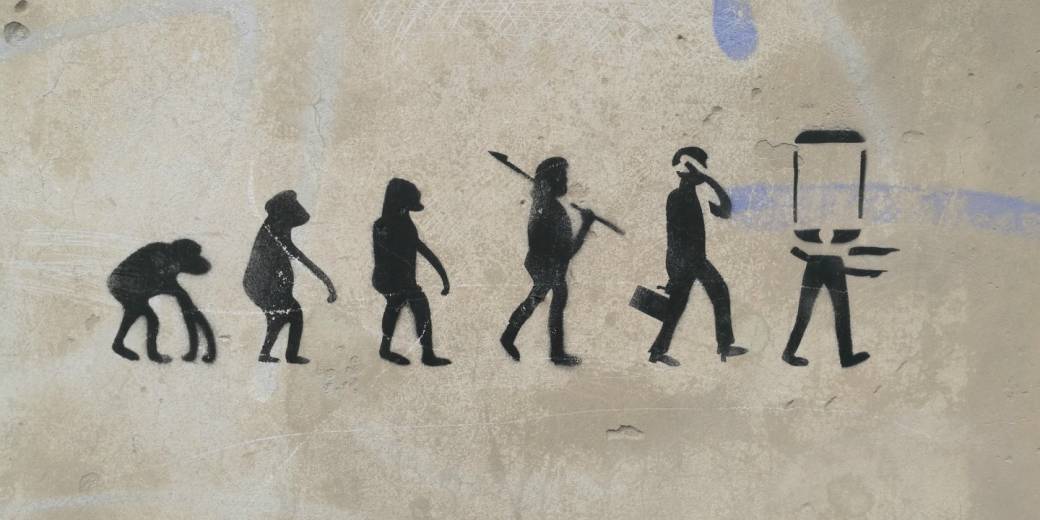Prehistoric Lessons in Communication
27 September, 2017 Reading: 3:24 mins
During my time in Cambridge, I spent a Saturday morning in The Fitzwilliam Museum. On the lowest level, in the museum’s collection of early relics is a case containing prehistoric seals.

During my time in Cambridge, I spent a Saturday morning in The Fitzwilliam Museum. On the lowest level, in the museum’s collection of early relics is a case containing prehistoric seals. These bits of rock and pottery included etchings of animals that are powerful, cunning or were essential to survival. The exhibit description noted that a selection of seals date to “proto-literate” era.
When you think about it, it’s amazing that before words and photography, these small etched pictures were telling stories. It’s human nature to tell stories. There’s an innate need to communicate our experience. Even before we had strong language to tell stories, we were finding a way to do it.
Fast-forward 5,000 years and we live in a world where we communicate – and are communicated to – constantly. At any given moment, we’re receiving emails, text messages, social posts and maybe trying to carry on a conversation face-to-face. From those simple bits of clay, we’ve advanced to a multi-channel, multi-tasking, digitally enabled flow of communication that never stops.
If we were to go back to the basics, back to those earliest formal communications, we could learn a few things that are still applicable.
Focus on the most important message
We know that attention is difficult to grab, and at best you can keep it for a few seconds. In response, we try to cram every important message we can think of into a single ad or social post. The result is that the consumer doesn’t take away anything – there’s too much to take in when there’s a murky mix of messages.
Start by using a Post-It note as a stand-in for the seal. If you could only write one message about your brand, what would it be?
Make the visuals count
When you’re talking about the time before language, pictures were the currency of communication. In the case of the seals, they used animals like bulls to convey power and strength. The clever fox adorns another.
Are your visuals telling a strong story? Do they say something unique to your brand? Without your brand’s name on the ad, would consumers have the right feeling? Could they draw some accurate conclusions from the imagery and color pallette? A strong visual identity has the potential to make your consumers feel a certain way, form a connection, and arrest their attention long enough to get to the message.
Build it to last
I’m sure that the people who created these seals had no idea that an American tourist would be staring at it thousands of years later. Yet, they created something emblematic of the time. They told a story that was preserved for centuries, that’s still being told.
With communication moving faster than ever before, it can be tempting to build your brand for today. The pressure to keep up can lead to you developing your brand as you go, piecemeal. I’d argue that it’s worth your time to stop and contemplate what about your brand should be set in stone. What is the experience you want your customer to have every time? What should your brand mean to them? At its core, your brand has qualities that should be steadfast – the cornerstone of all your communications.
From where I started in proto-literate cultures, I wandered through the Fitzwilliam arriving in 20th century painting. I looked at the paintings of Georges Seurat. While far more complex than the seals a few levels below, the painting is still a single, focused moment that tells a story. At the end of the day, it’s a reminder that communication – strong, beautiful, effective communication – is and always has been an art form.
As part of our mutual partnership with PROI Worldwide, Ashley joined the KISS team briefly from Jackson Spalding in Atlanta, Ga.